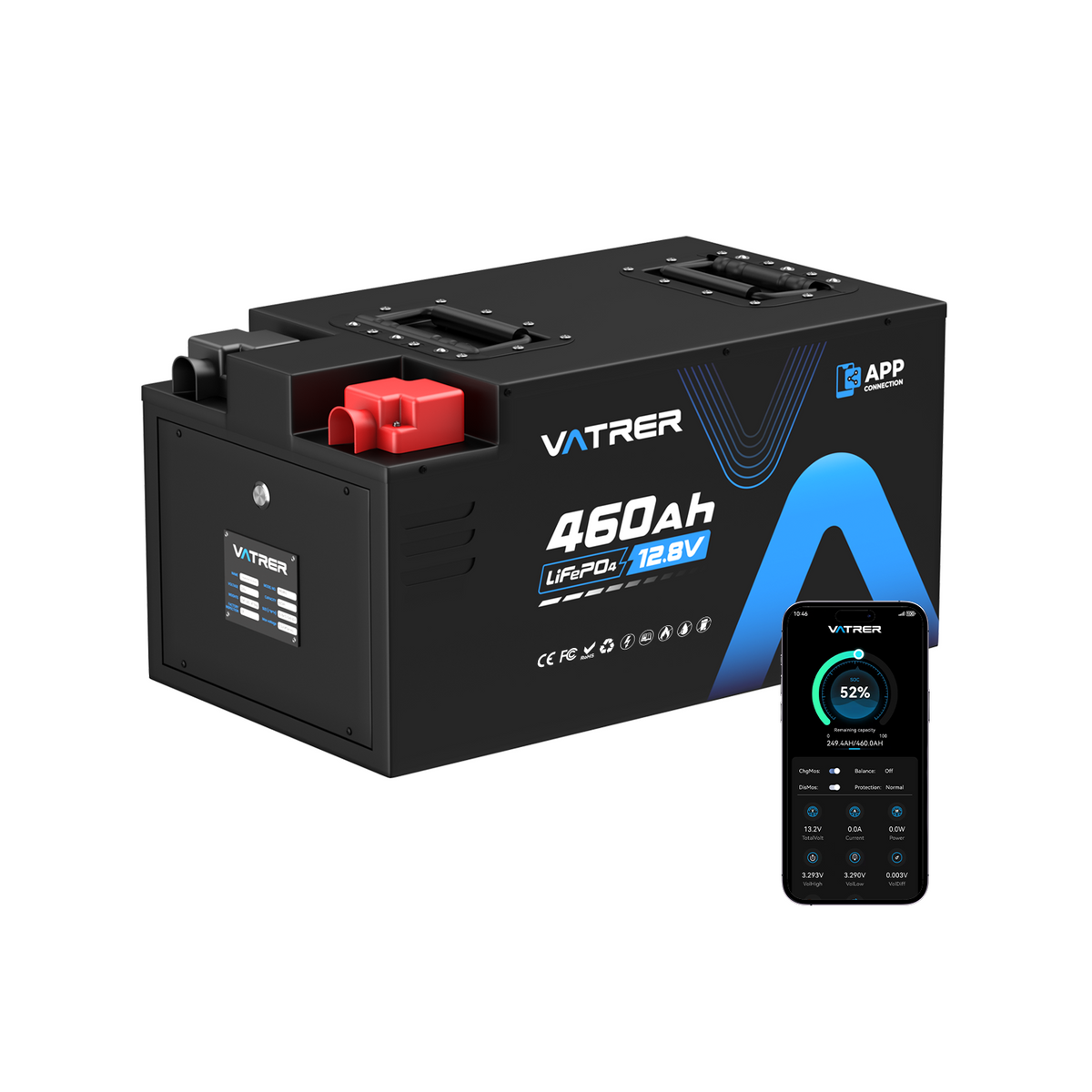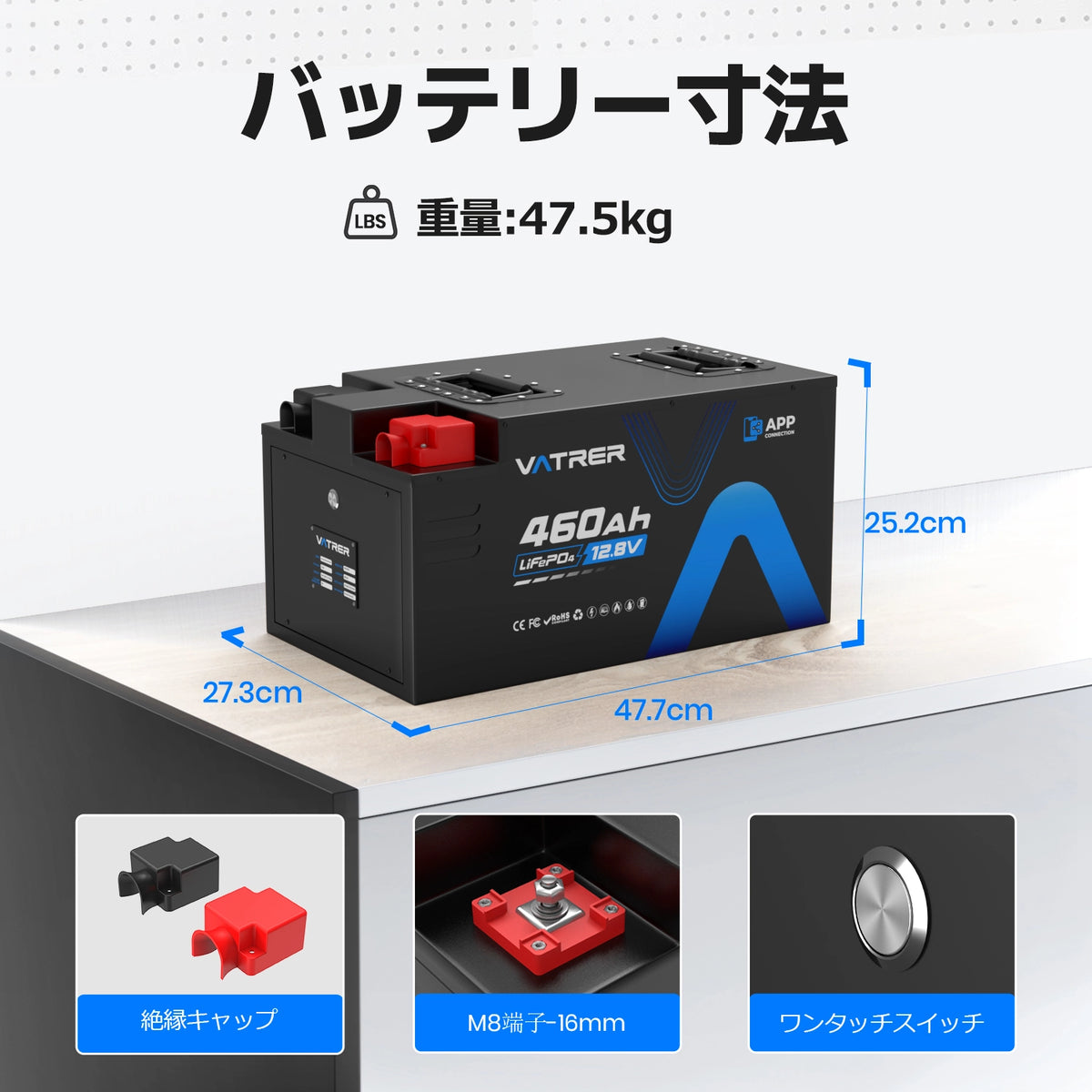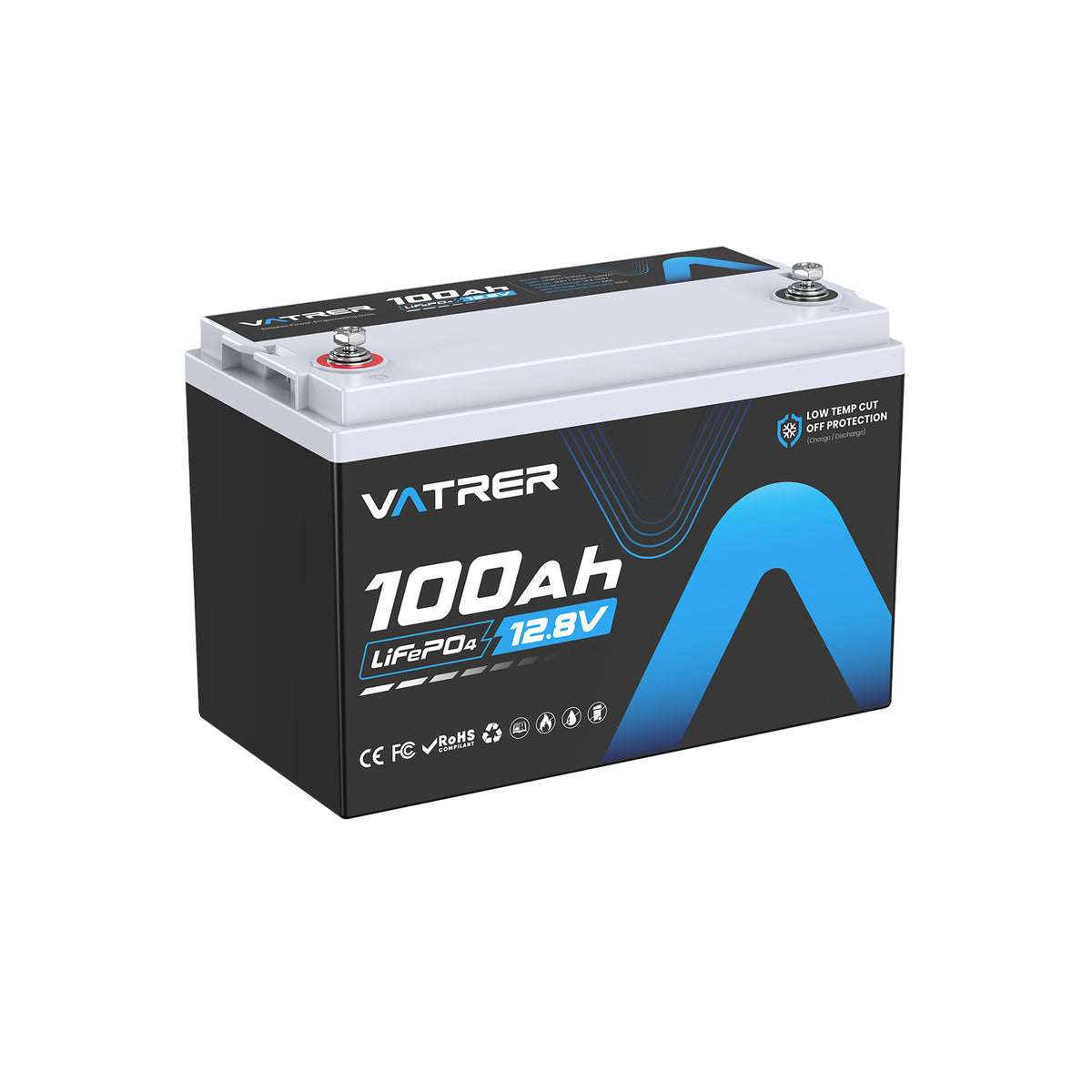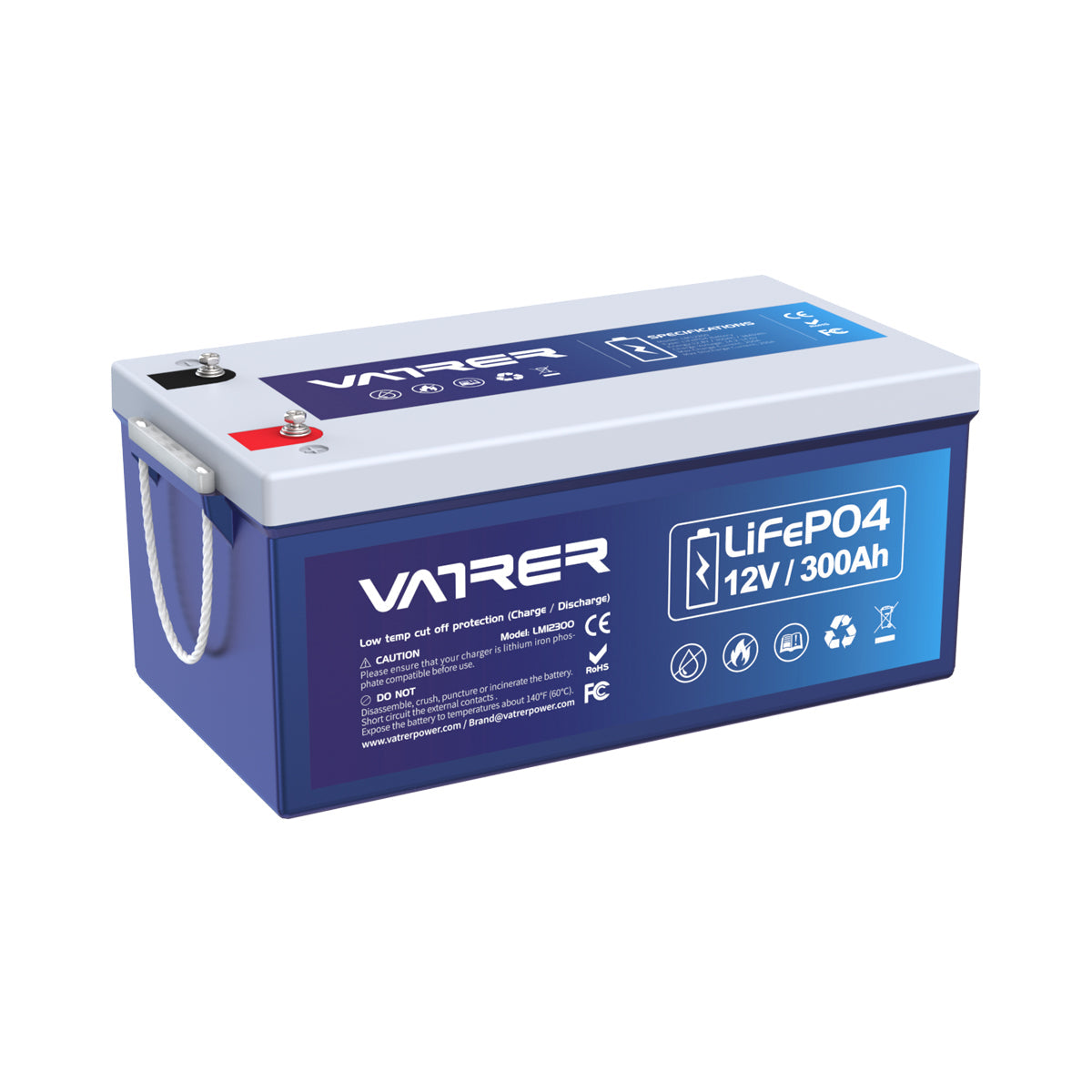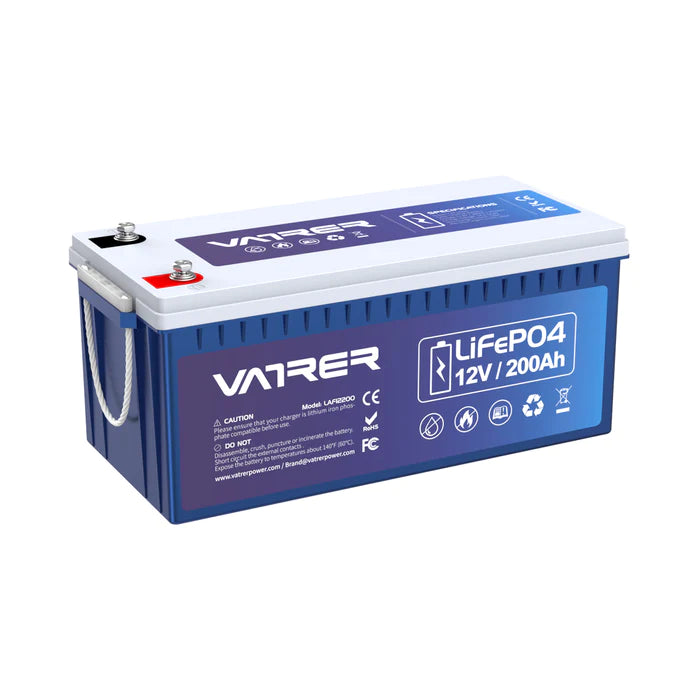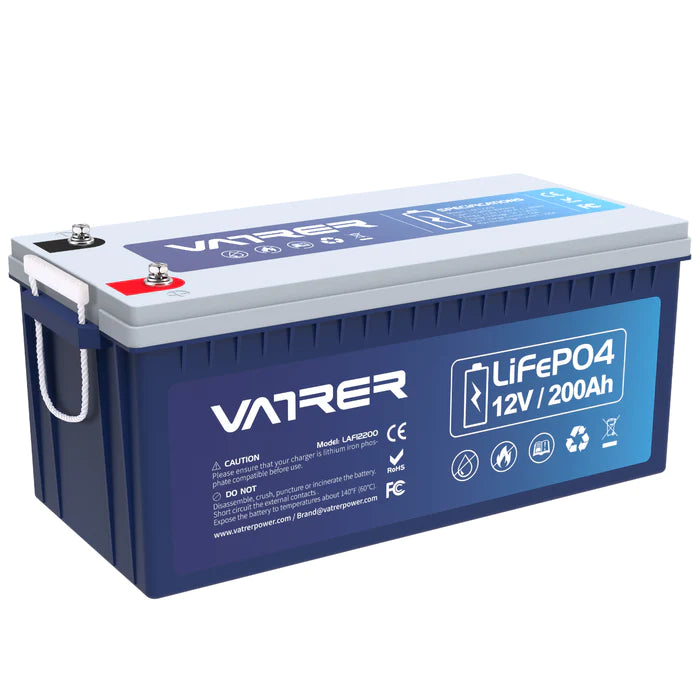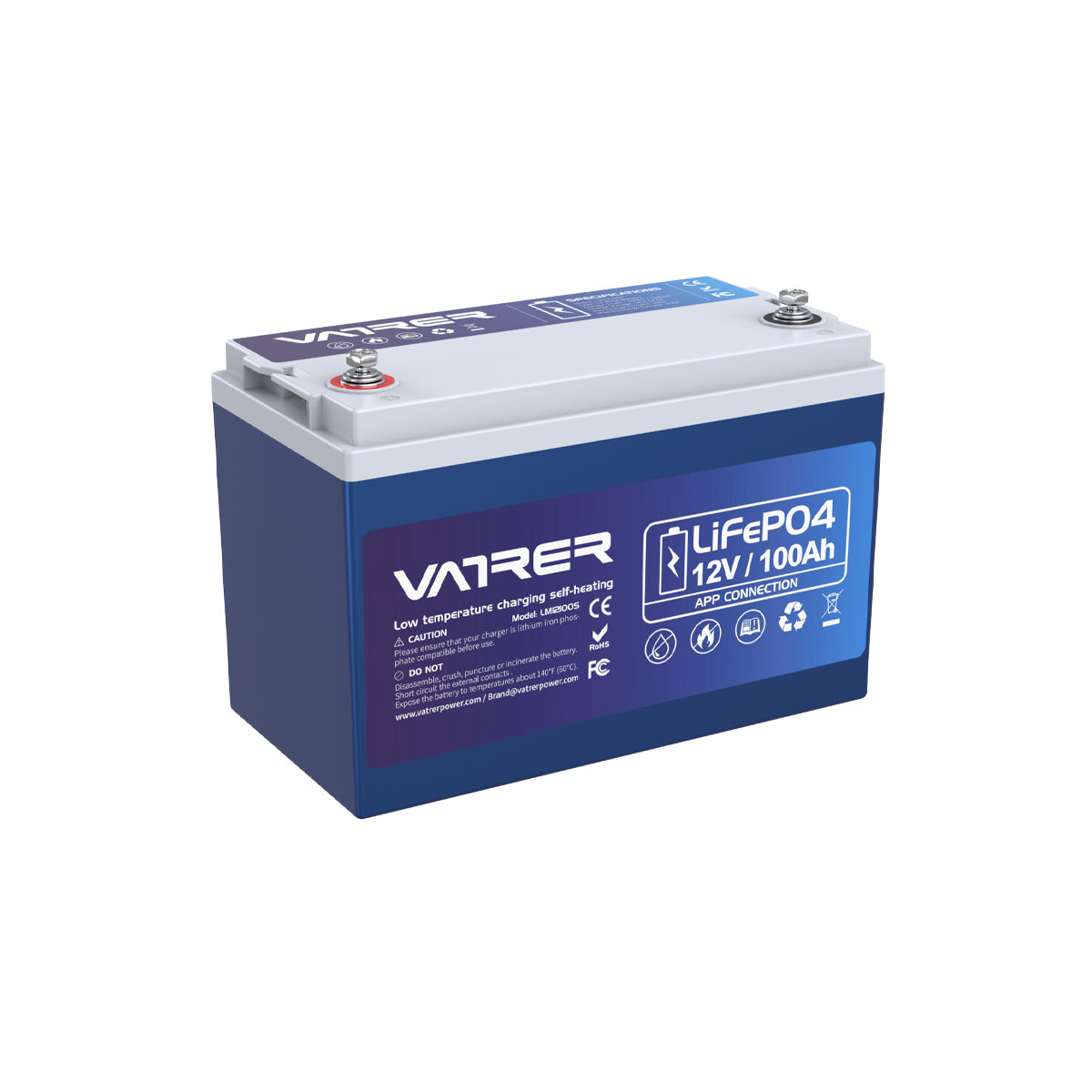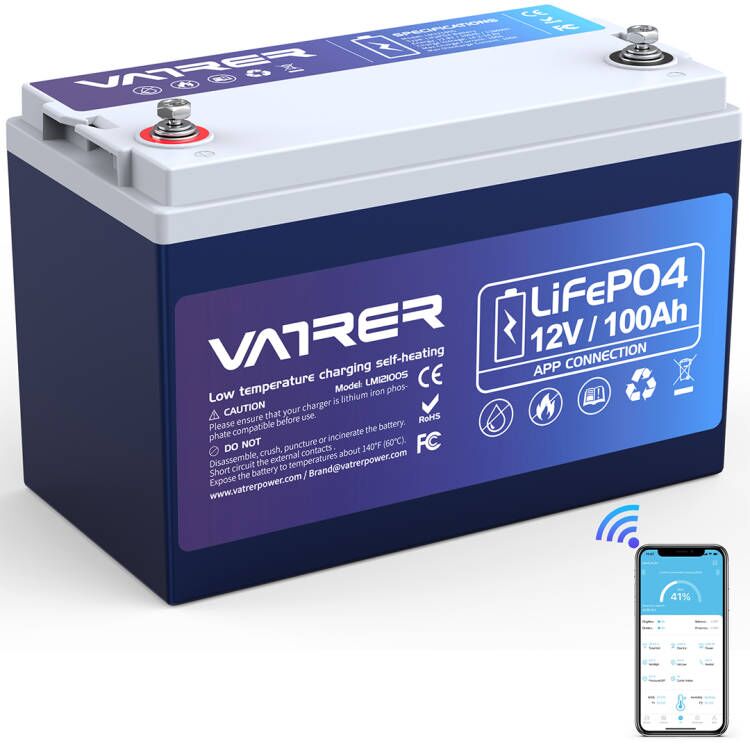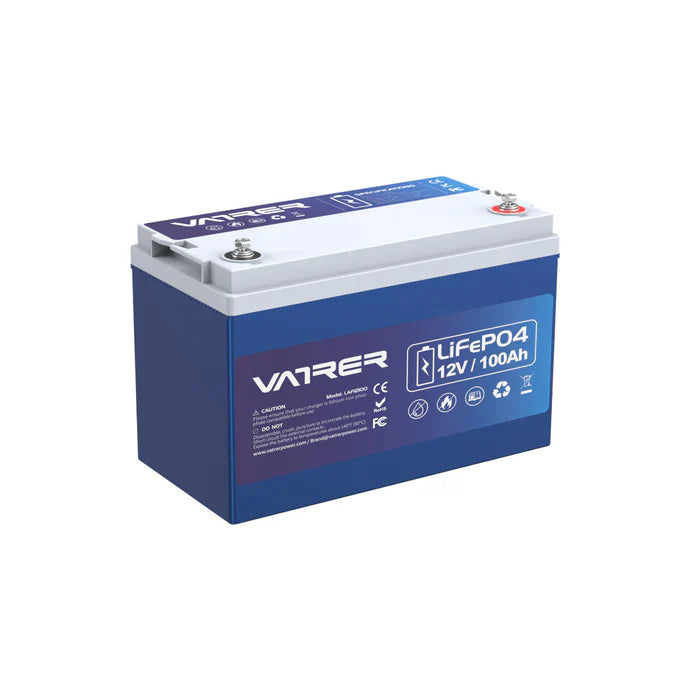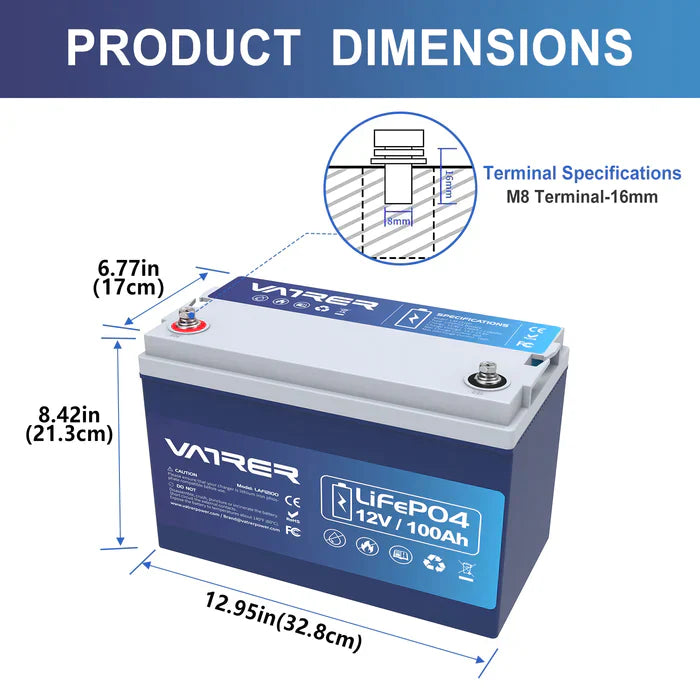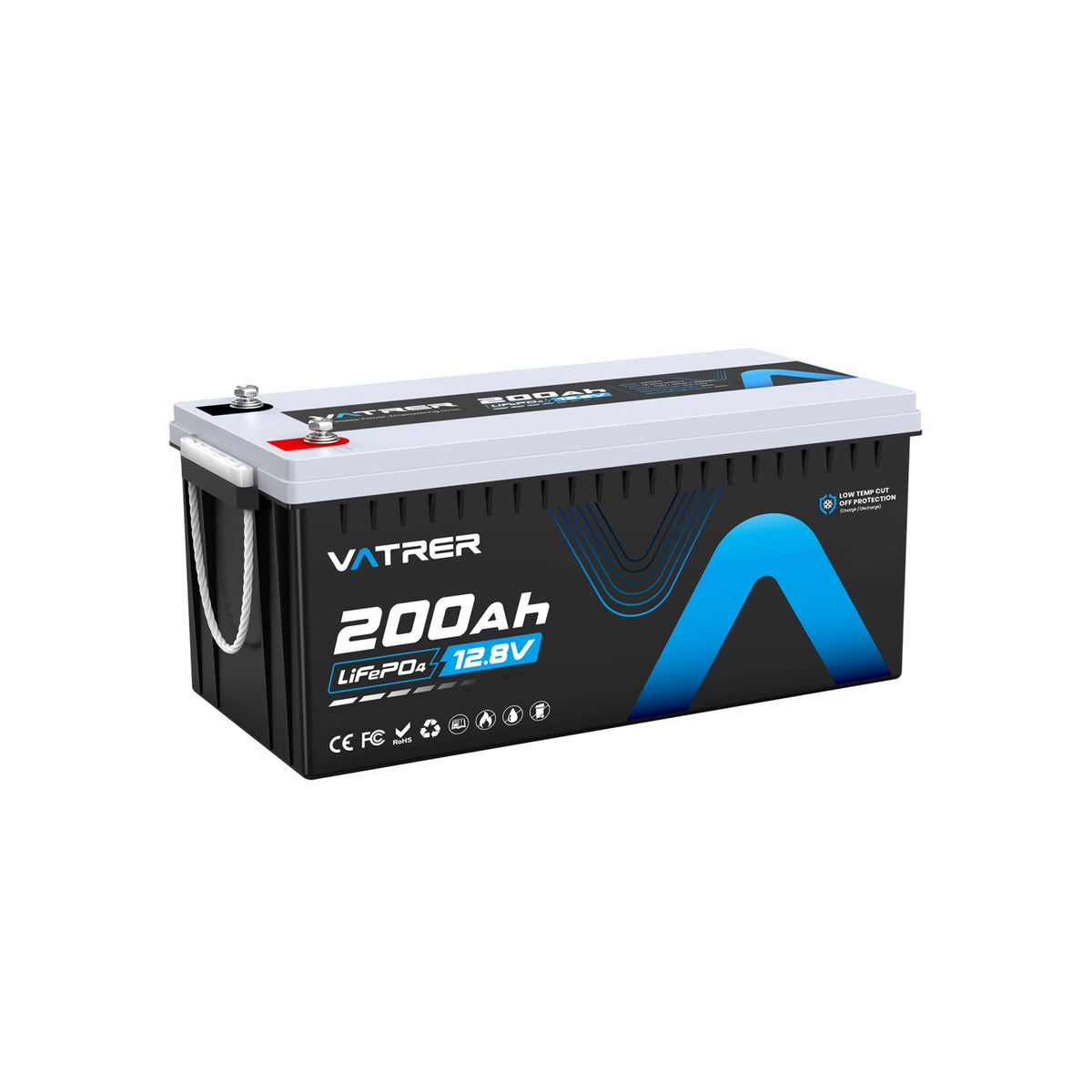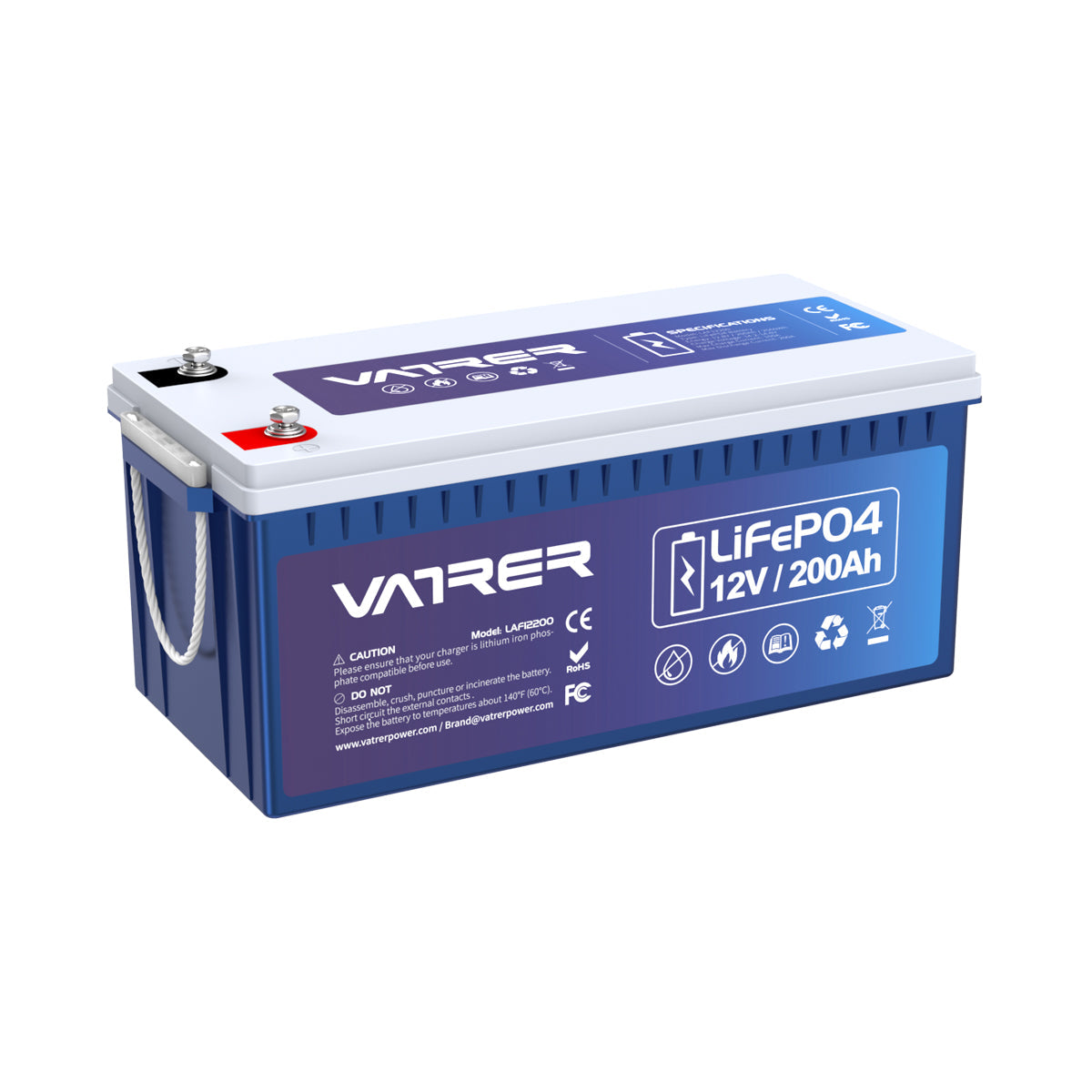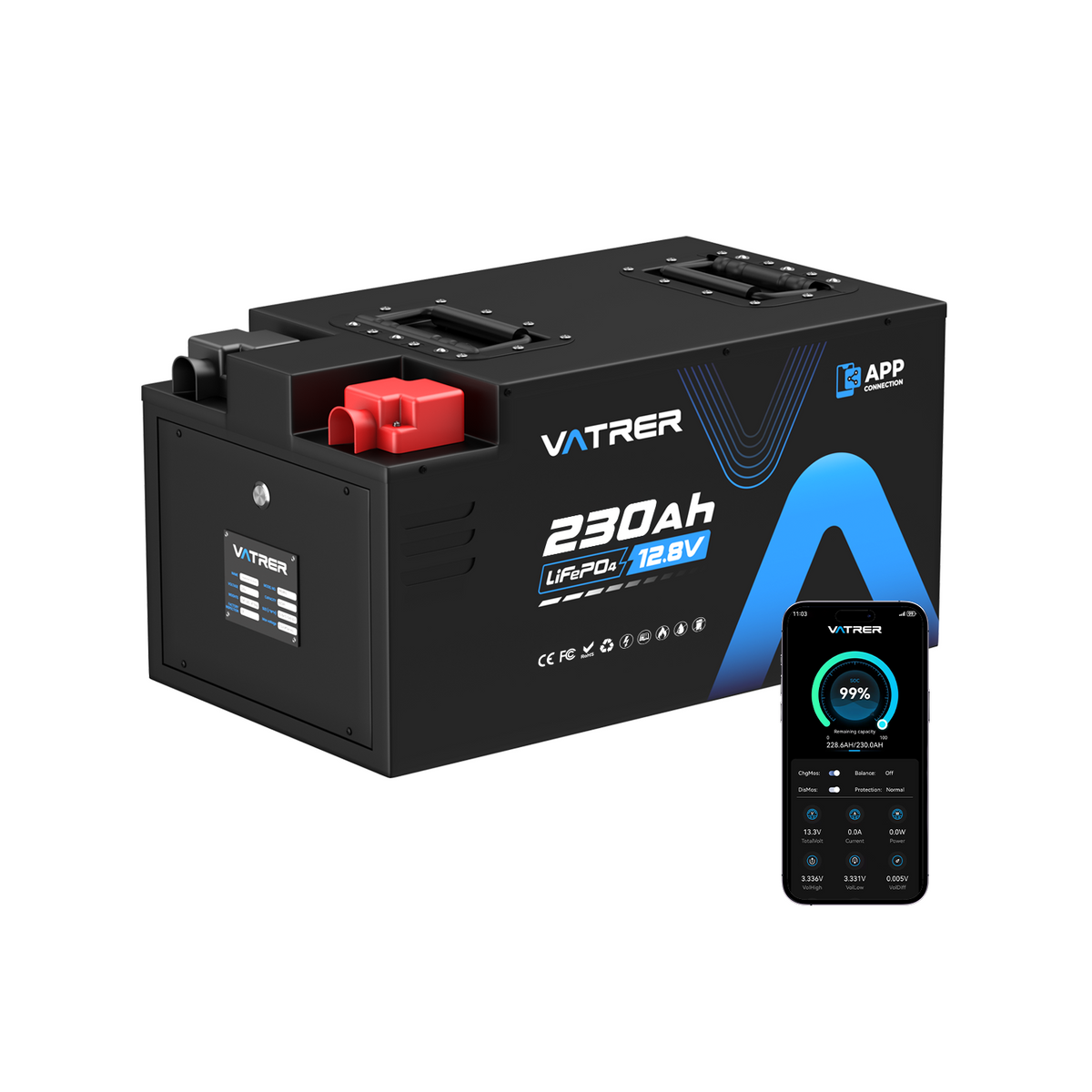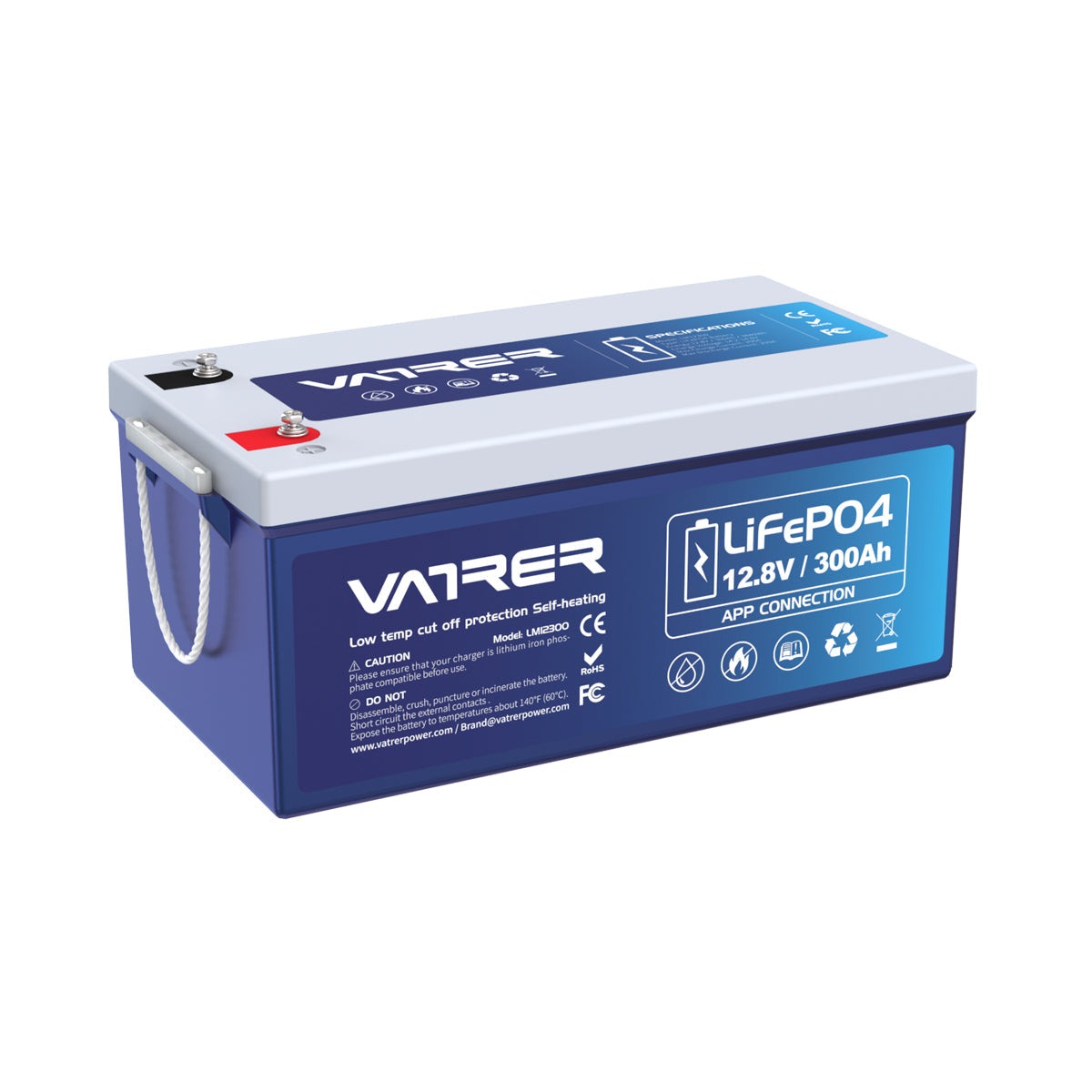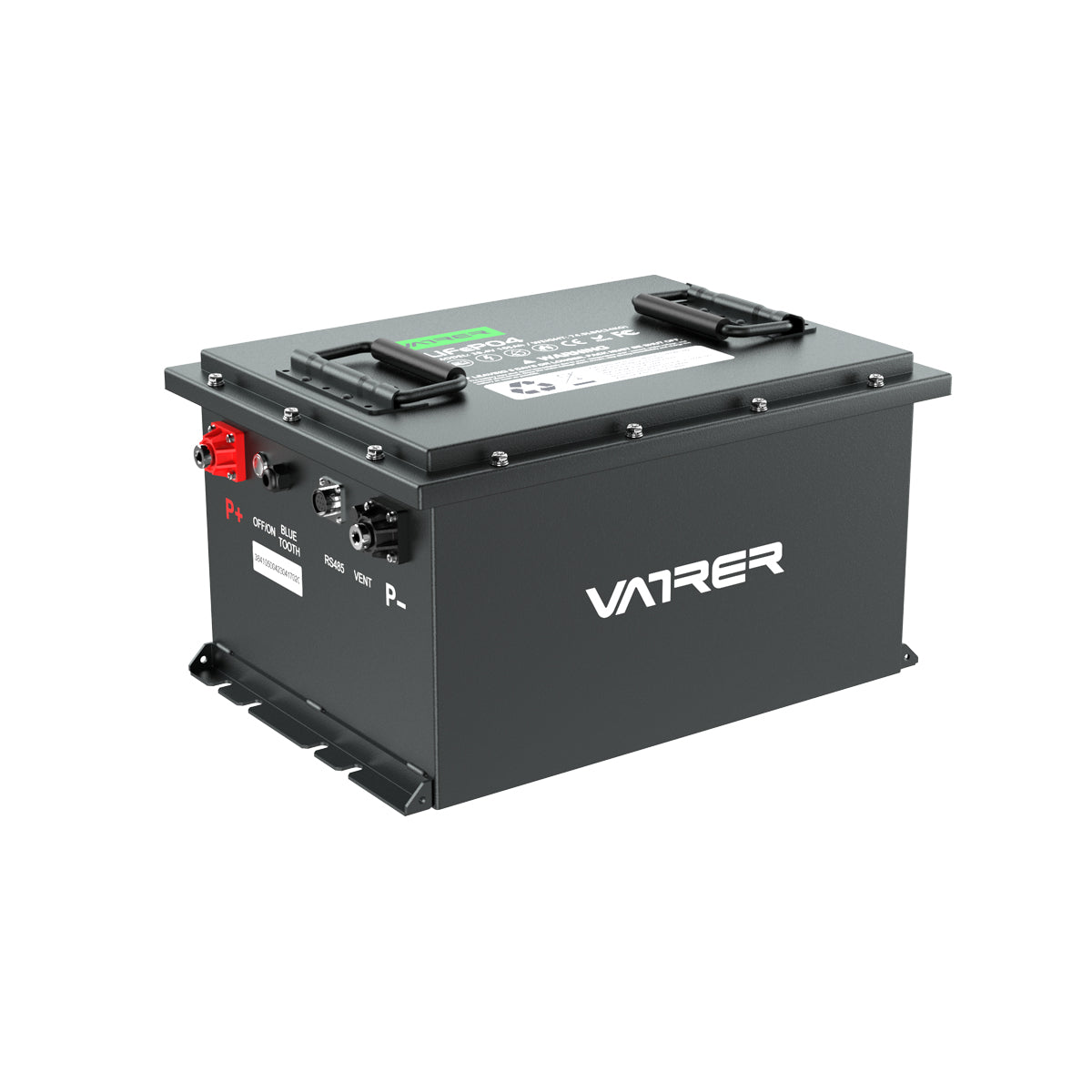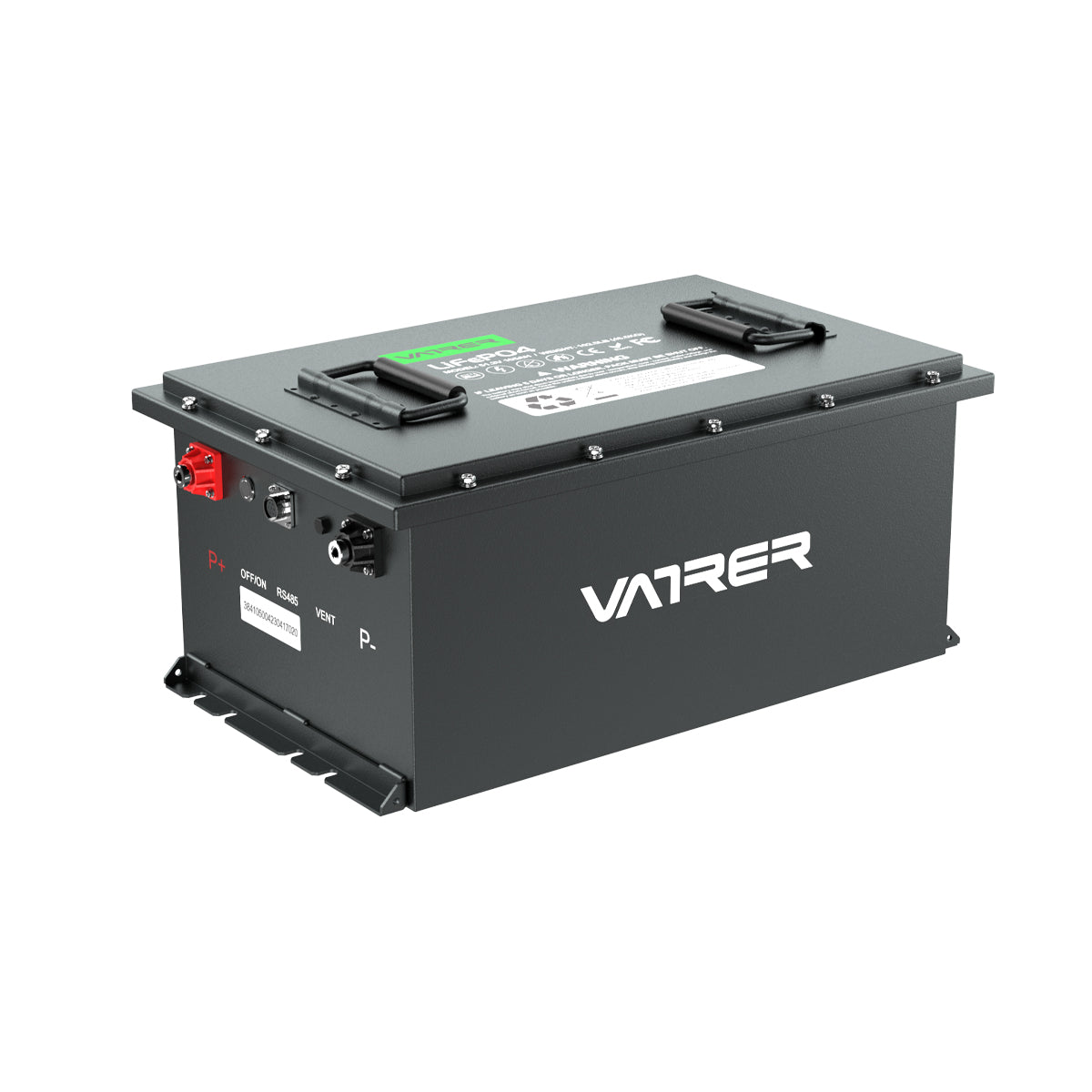Table of Contents
- Introduction
- Tools and Materials Needed
- Safety Precautions
- Step-by-Step Guide to Wiring Golf Cart Batteries
- Step 1: Identify Battery Configuration
- Step 2: Remove Old Batteries
- Step 3: Clean Battery Tray and Terminals
- Step 4: Install New Batteries
- Step 5: Connect Main Cables
- Step 6: Check Connections and Voltage
- Step 7: Apply Terminal Protector
- Step 8: Reconnect the Charger and Test
- Tips for Maintaining Your Battery System
- Conclusion
Introduction
Properly wiring your golf cart batteries is essential for ensuring optimal performance and longevity of your golf cart. Whether you're upgrading your battery system or replacing old batteries, understanding the correct wiring procedure is crucial. In this blog post, we'll cover the steps to wire golf cart batteries, the tools you'll need, safety precautions, and some tips for maintaining your battery system.

Tools and Materials Needed
Before you start wiring your golf cart batteries, gather the following tools and materials:
-
Wrenches: For loosening and tightening battery terminals.
-
Battery Cables: Appropriate gauge cables for connecting batteries.
-
Wire Brush: For cleaning battery terminals.
-
Safety Gear: Gloves and safety glasses.
-
Multimeter: For checking voltage.
-
Battery Terminal Protector: To prevent corrosion.
Safety Precautions
Safety is paramount when working with batteries. Follow these precautions to ensure a safe working environment:
-
Wear Protective Gear: Always wear gloves and safety glasses to protect yourself from acid spills and sparks.
-
Work in a Well-Ventilated Area: Batteries can emit gases, so it's important to work in an open or well-ventilated space.
-
Disconnect the Charger: Ensure the golf cart is turned off and the charger is disconnected before starting.
-
Avoid Short Circuits: Be cautious to avoid creating short circuits with your tools or cables.
Step-by-Step Guide to Wiring Golf Cart Batteries
Step 1: Identify Battery Configuration
First, identify the type of battery system your golf cart uses. Common configurations include:
- 36-Volt System: Typically uses six 6-volt batteries.
- 48-Volt System: Can use six 8-volt batteries, eight 6-volt batteries, or four 12-volt batteries.
Step 2: Remove Old Batteries
-
Label the Cables: Before removing the old batteries, label the cables to ensure you can reconnect them correctly.
-
Disconnect the Negative Cable: Always start by disconnecting the negative (-) cable first to prevent short circuits.
-
Disconnect the Positive Cable: Next, disconnect the positive (+) cable.
-
Remove the Batteries: Carefully lift out the old batteries and set them aside for disposal or recycling.
Step 3: Clean Battery Tray and Terminals
- Clean the Tray: Use a wire brush to clean any corrosion or debris from the battery tray.
- Clean Terminals: Clean the battery terminals with a wire brush to ensure good electrical contact.
Step 4: Install New Batteries
- Place the Batteries: Position the new batteries in the tray, ensuring they are oriented correctly.
-
Connect the Batteries in Series: Connect the batteries in series by linking the positive terminal of one battery to the negative terminal of the next battery. Continue this pattern until all batteries are connected.
- For a 36-volt system with six 6-volt batteries: Connect the positive terminal of Battery 1 to the negative terminal of Battery 2, and so on.
- For a 48-volt system with six 8-volt batteries: Connect the positive terminal of Battery 1 to the negative terminal of Battery 2, and so on.
Step 5: Connect Main Cables
- Connect the Main Positive Cable: Attach the main positive cable to the positive terminal of the first battery in the series.
- Connect the Main Negative Cable: Attach the main negative cable to the negative terminal of the last battery in the series.
Step 6: Check Connections and Voltage
- Tighten Connections: Ensure all connections are tight and secure.
- Check Voltage: Use a multimeter to check the total voltage of the battery pack. It should match the system voltage (e.g., 36 volts or 48 volts).
Step 7: Apply Terminal Protector
Apply a battery terminal protector to each terminal to prevent corrosion.
Step 8: Reconnect the Charger and Test
- Reconnect the Charger: Plug in the charger and allow the batteries to charge fully.
- Test the Golf Cart: Once charged, test the golf cart to ensure it is operating correctly.
Tips for Maintaining Your Battery System
-
Regular Maintenance: Check water levels in lead-acid batteries regularly and top up with distilled water as needed.
-
Clean Terminals: Keep battery terminals clean and free of corrosion.
-
Proper Charging: Use the correct charger and avoid overcharging or deep discharging the batteries.
-
Storage: Store your golf cart in a cool, dry place and keep the batteries charged during long periods of inactivity.
Video: Reviewing Battery Install of a 36 Volt Golf Cart
Conclusion
Wiring golf cart batteries correctly is essential for the performance and longevity of your golf cart. By following this step-by-step guide and taking necessary safety precautions, you can ensure your golf cart batteries are wired properly and efficiently. Regular maintenance and proper charging practices will help keep your battery system in top condition, providing reliable power for your golf cart adventures.





